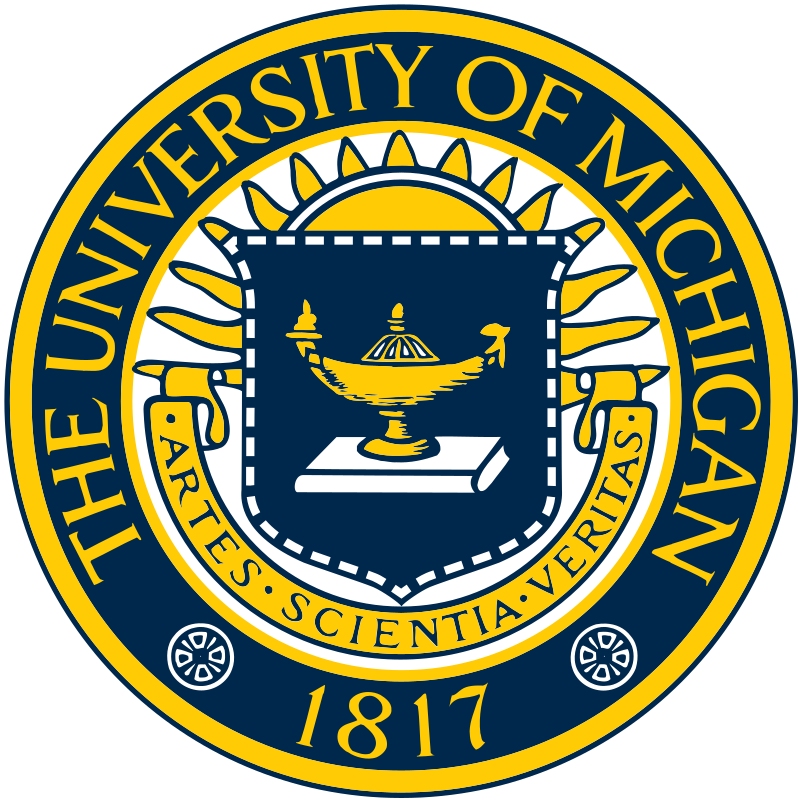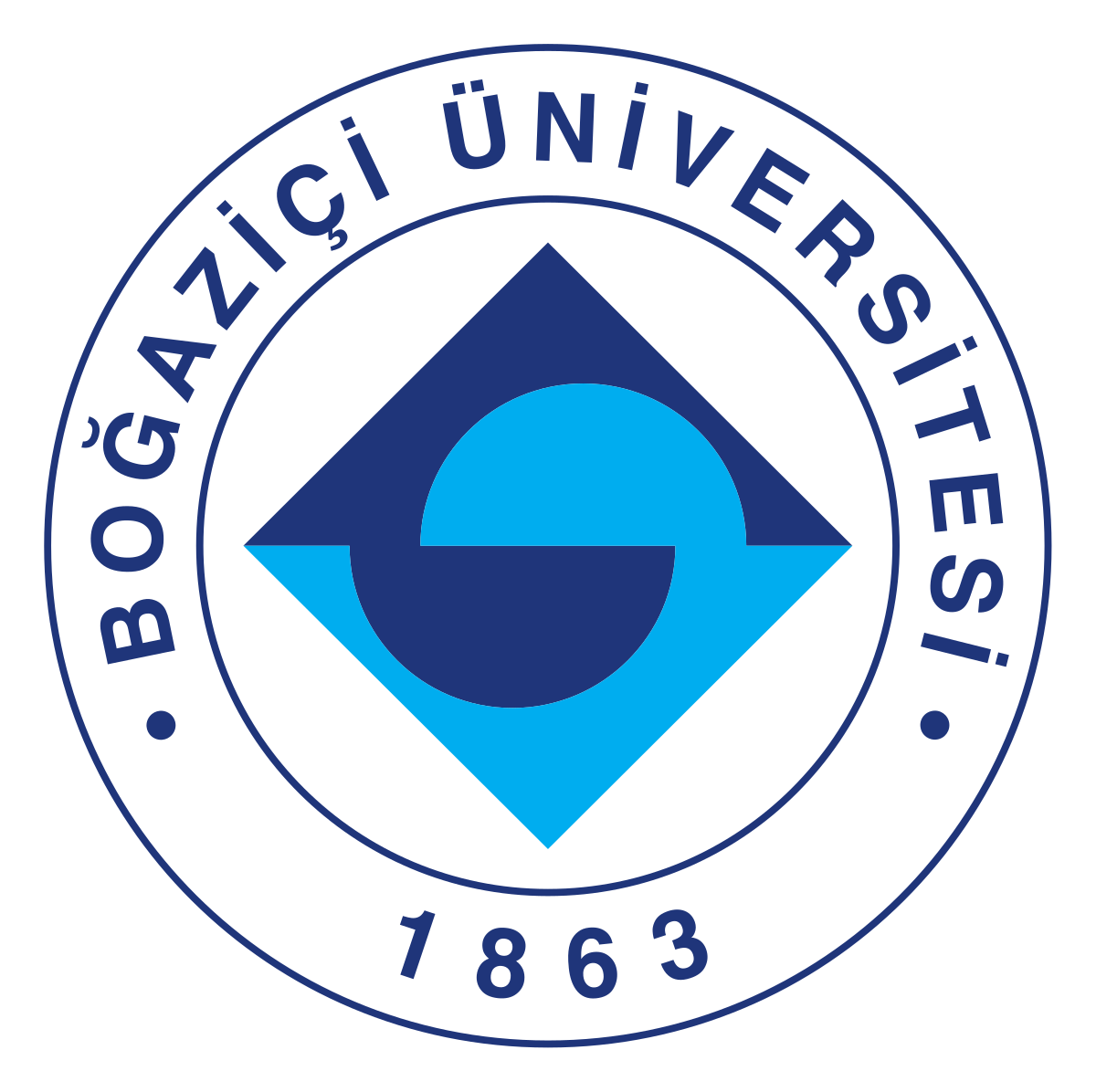- About
- Home
- Introduction
- Statistics
- Programs
- Dignet
- Gene
- GenePair
- Help & Docs
- Documents
- Help
- FAQs
- Links
- Acknowledge
- Disclaimer
- Contact Us
Links
This page lists the literature resources, programs, and ontologies that are being or will be used in Ignet:
Literature resources:
- PubMed: http://www.ncbi.nlm.nih.gov/pubmed/. Note: PubMed resource is what Ignet is using now.
- PubMed Central: https://www.ncbi.nlm.nih.gov/pmc/. Note: PubMed Central will also be used later.
NLP programs:
- SciMiner: Hur J, Schuyler AD, States DJ, Feldman EL. SciMiner: web-based literature mining tool for target identification and functional enrichment analysis. Bioinformatics 2009, 25(6):838-40. PMID: 19188191. PMCID: PMC2654801.
- VO-SciMiner: A Vaccine Ontology (VO)-supported SciMiner program. VO-SciMiner applied VO to enhance the performance of SciMiner to ming vaccine-related gene-gene and vaccine-gene interactions. Brucella vaccines are used as the demonstration for this program development. See more information about VO-SciMiner in our paper: PMC3180695. Some features of VO-SciMiner will later be incorporated to Ignet.
Machine Learning programs:
- Clairlib: http://www.clairlib.org/, which has been transitioned to LILY (https://yale-lily.github.io/). LILY stands for Language, Information, and Learning at Yale. The Clair or LILY library, developed by Dr. Dragomir Radev's group, includes a suite of open-source Perl modules for generic tasks in natural language processing (NLP), information retrieval (IR), and network analysis (NA). Note that Dr. Arzucan Ozgur, one of our Ignet developers, was previously Dr. Radev's PhD student.
- Genomesh literature mining algorithm: Genomesh is our previously developed genome-wide literature mining and analysis method as seen in our paper (PMC3852244). GenoMesh provides a genome-wide analysis of gene-to-gene relationships and pathways based on the association between individual genes and MeSH terms obtained from the literature. We also consider possible incorporation of the algorithm in our future Ignet development.
- Machine learning and rule-based literatur mining: We have developed a machine learning and rule-based literature minig method as introduced in our more recent paper (PMC6927101). This method has been used to identify and normalize adverse drug reactions in drug labels, and we plan to implement a similar method in Ignet later.
- TABI Machine learning tools: Dr. Arzucan Ozgur's Text Analytics and BIoInformatics Lab (TABI) research has developed many other machine learning tools such as BERT-based tools, which are being evaluated for our gene/protein interaction mining and analysis.
Gene coverage:
- Human genes: Ignet has mined all human genes defined in HUGO human gene nomenclature using our customized SciMiner program.
- Microbial genes: Different sets of microbial genes, including E. coli genes (see reference: PMC5348867) and Brucella genes (see reference: PMC4673313), are also mined and evaluated in Ignet. The definition sources of these microbial genes usually come from the NCBI genes and the Ontology of Genes and Genomes (OGG).
Ontologies:
- Interaction Network Ontology (INO): https://github.com/INO-ontology/ino. INO is an ontology in the domain of interaction networks. INO is used in Ignet to identify exact interaction types.
- Vaccine Ontology (VO): https://github.com/vaccineontology/VO. VO represents and classifies various types of vaccines and their semantic relations.
- Ontology of Genes and Genomes (OGG): https://obofoundry.org/ontology/ogg.html. OGG represents, annotates, and classifies various genes in different model organisms including human, mouse, and E. coli.
- Note: More ontologies such as the Cell Type Ontology (CL) and Cell Line Ontology (CLO) are also being investigated in our Ignet development.


